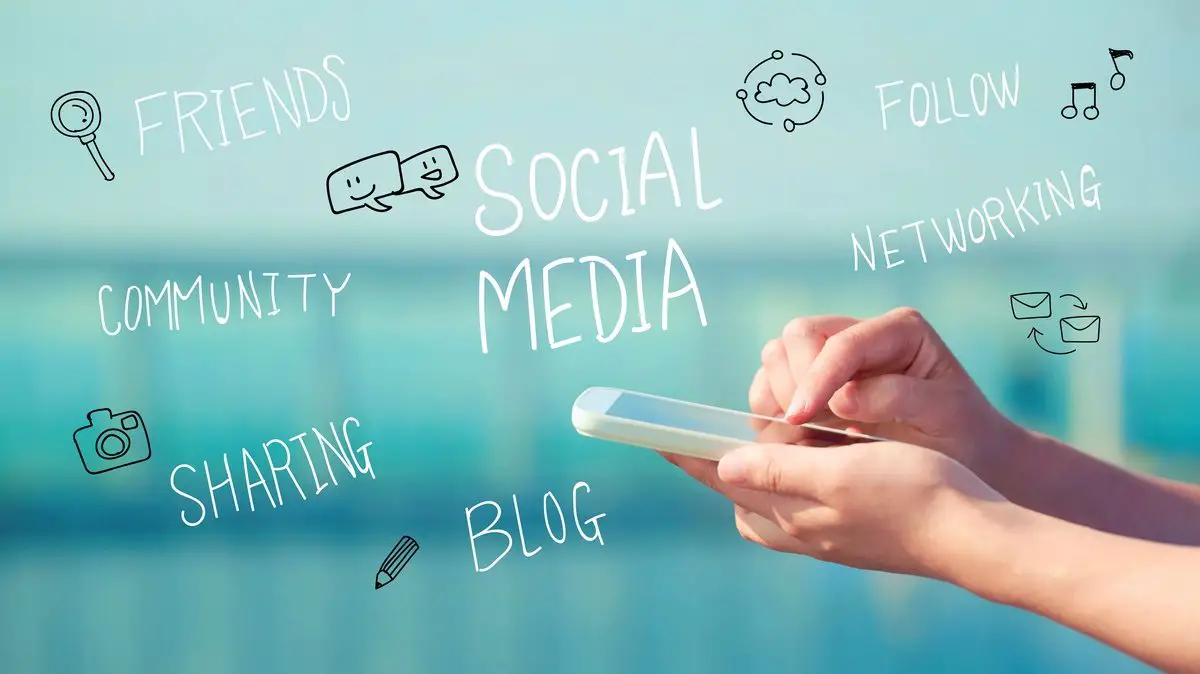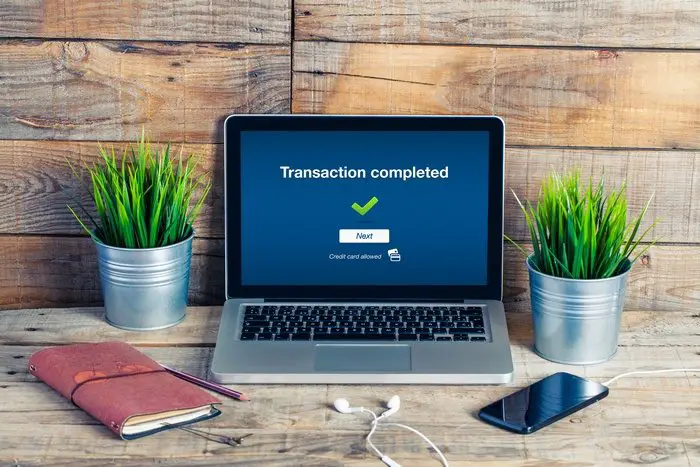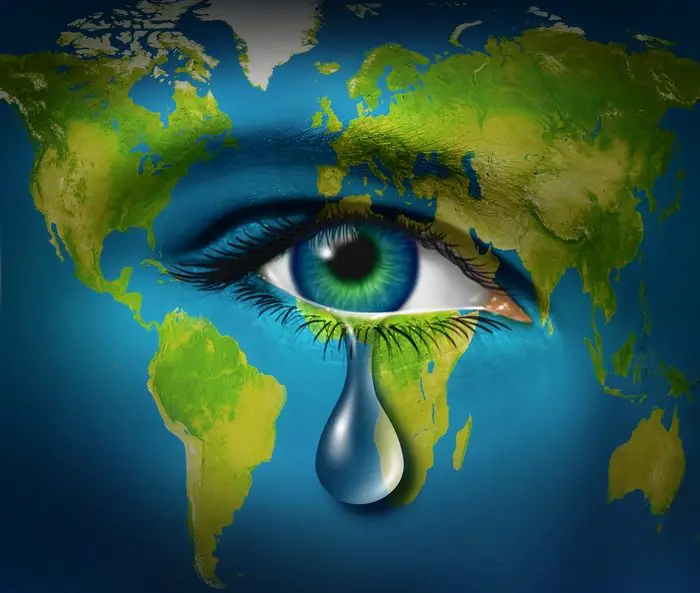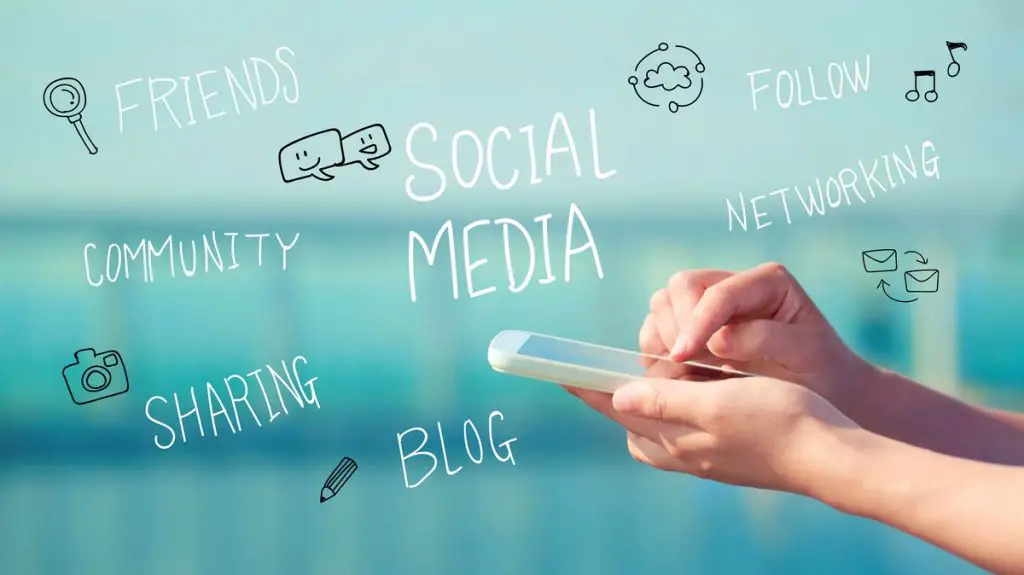Does it seem like Social Media has been around forever? It’s actually only 14 years. But that’s 14 internet years which probably translates into an analogue century!
Over those 14 years, social media networks have evolved from a space where people connect, to what it is now – a platform full of almost endless possibilities. Because of its influence and opportunities, social media has managed to permeate 1.96 billion lives. That will rise to a projected 2.5 billion people over the next 12 months! That’s a staggering 25% growth rate!
And it won’t stop there. Smartphone sales continue to skyrocket – even in the poorest of countries. Here at Ideas24, some 80% of our visitors come via a handheld device!

Whether it be used for developing relationships, connecting with new people (or lost friends), or seeking information, social media is the game changer of the 21st century.
From promoting and growing businesses through to accessible healthcare, it has proven time and again that it is more than the latest fad. In this post, we highlight eight things that social media has changed forever since the launch of Myspace in 2003.
Never heard of Myspace? Rupert Murdoch wishes he hadn’t as well. His company, News Corp, bought MySpace and associated domains back in 2005 for $580 million. He managed to offload it six years later for just $35 million. Ouch. But, as proof that there really is life after death, Myspace is alive and well today. It targeted a niche audience seeking fellow travellers keen on music and entertainment. And that ability to find and connect with fellow travellers is where we head now…
1. BUY THIS, BUY THAT
Social media has become an incredibly powerful and convenient way of marketing any business, service or product. In fact, to use the phrase a second time, it’s a game changer in the business world. It costs almost nothing to study a specific niche, to get the word out, and to gain more customers.
And if businesses are willing to invest money in addition to time and effort, social networks allow almost pinpoint targeting via paid ads and promotions. Whether it’s Twitter, LinkedIn, Instagram, Snapchat, YouTube or Facebook, you’ve told them enough about yourself to be stamped, folded, stapled and filed into very specific categories. Age, gender and location are the tip of the iceberg. What you like and search and even your friends are all there to be filtered.
As Facebook moves toward its two billionth member, it continues to refine its ability to identify trends and customers. Photos and memes, promos, and statuses, all engineered to bring you back… often.
People look up businesses that they have done or intend to do business with. They read reviews or leave their own. Those reviews can make or break a business’ reputation.
And smart businesses are learning that social media has become a rapid and convenient way to provide appropriate customer service and communication. This is an important aspect of any business because it gains loyal customers and builds a respected name in the online world.
And it’s not just limited to Facebook. Twitter allows you to watch the evolution of a start-up business or to get regular updates on your favourite brands. YouTube, with its gold-mine audience, allows the smallest of businesses to get creative and visual with their promotions.
Businesses the world over have capitalized on these opportunities – targeted advertising, promotion, and communication, and have fully integrated social media into their business culture. They took advantage of the versatility and accessibility of social media and turned it into an important asset.
Today, businesses no longer have to rely on visually polluting billboards, fragmented radio audiences, print or expensive television minutes to reach out to customers. Social media has no barriers. It’s open to all. If you’re not there, you’re rapidly heading toward invisibility!
2. SOCIAL MONEY
Dubbed as “banks of the future” by the Huffington Post, social media has given financial companies an opportunity to transform how they interact with their clients.
“From improving customer service to allowing users to send money to others via online platforms. New financial technology companies are using social media data to help people get access to credit or even simply open a bank account.” they wrote.
Today, you can shop and pay for just about any product or service online. PayPal, WeChat, and of course, Facebook, have started integrating social media tools to allow people to have easier access to and leeway with, their finances.

Banks are able to provide instant customer service to their clients and people can initiate a wire transfer simply by logging into a social media platform. For example, a mobile app named Pockets, uses Facebook credentials to let users pay bills, buy tickets, transfer money from one account to another or into a third party account.
However, much as it has made it easier for people to access and manage their money, it’s important to remember that every online transaction comes with certain security risks.
3. DID YOU KNOW?
Perhaps to an older generation’s chagrin, social media has also managed to change the way children – and adults – learn. BBC Active reports that many universities are using online platforms to encourage students to inquire, debate, and share content purely for the sake of education.
Educators have realized that social media has the potential to entice and encourage students to learn via tools like Facebook polls, Twitter threads, Blackboard content, and YouTube videos. These all extend the classroom from the four-walled area that students are often apprehensive of, to the limitless world that is social media.
Think of something you’d like to learn… anything at all, be it tantric sex or tantrum control in pre-schoolers. There’s a course for that. And it’s probably free! In fact, there are probably hundreds of courses for that very topic and many are conducted by accredited universities. And almost all of them have a social media component included so that you can communicate, share and learn from fellow participants as well as interact live with lecturers and tutors.
Platforms such as Google Classroom and Google Drive allow students to work on a single document.
And social media provides supplementary course materials that appeal to other forms of learning such as visual and auricular. Try searching ‘Crash Course’ on YouTube and stand back! There are thousands of 10 minute snippets explaining everything from cuneiform writing to why Pluto isn’t (or is) a planet.
Social Media helps students perceive studying in a different, more positive, dynamic and interactive light. Indeed, social media has given academia a new way of connecting with students and speaking their language.
4. SHARING IS CARING
Your relationship with and knowledge of healthcare and healthcare providers has also had an incredible overhaul:
“Blogs, microblogs, wikis, media-sharing sites, and virtual reality and gaming environments” have been used to “improve or enhance professional networking and education, organizational promotion, patient care, patient education, and public health programs.” (see: Social Media and Health Care Professionals: Benefits, Risks, and Best Practices by C. Lee Ventola).
Technological advancements in healthcare are consistently updated and the permeation of social media networks in its culture is one of the ways in which this is shown.
Patients are able to communicate directly with healthcare professionals through social media tools such as Skype. Applications are programmed in such a way that they are given the details of the patient so that remote monitoring is now both possible and feasible.
Such innovation comes with several drawbacks such as security and privacy risks. However, the healthcare community considers the benefits for patient care and accuracy are vitally important and over-ride any risks. Meanwhile IT professionals continue to make these social media tools increasingly secure and patient-friendly.
“Blogs, microblogs, wikis, media-sharing sites, and virtual reality and gaming environments” have been used to “improve or enhance professional networking and education, organizational promotion, patient care, patient education, and public health programs.”
Healthcare professionals are using social media for further education and training. Virtual reality and gaming environments have provided them with a space where they can practice procedures without risking a patient’s life. Cascading relevant information and sharing experiences through accessible tools such as WordPress and Blogger have benefited not only these professionals, but also patients and their families.
Wikis have information regarding drugs and procedures that have been crosschecked through credible sources. From professional training to direct patient communication, social media has created a way for healthcare to be more accessible, affordable and accurate for all!
5. IGNORANCE? WHAT’S THAT?
With major news agencies and political blogs shared many thousands of times a day on social media networks, it’s easy to see why it has also changed our perceptions. Some use Facebook and Twitter as an immediate source to update themselves with current events. Others use it to increase awareness about certain situations and topics. An example of this is the “Ice Bucket Challenge.” People were challenged to douse themselves with ice cold water to raise awareness about a disease known as amyotrophic lateral sclerosis (ALS). When you log in to your preferred social network, you’re connecting with the rest of the world.
An obvious effect of the way social media has given new meaning to awareness is the way in which so many of us have become more opinionated. Discussions are initiated, debates are sparked. People can hide behind anonymity while others take ownership of what they say. Forbes reports that even millennials have become more politically involved, engaged, and informed.
Nowadays, politicians have a harder time bending the truth because people are no longer as information-poor as they were decades ago. Through real-time conversations and greater access to resources, people have begun to ask questions and voice their concerns.
6. “WHAT TIME IS IT THERE?”
Social media has thrived as a way for people to connect with their loved ones regardless of location and distance. I’ve often Skyped with my family across oceans and time zones. Facebook Messenger and WhatsApp are used by many millions of people every day. Here at Ideas24 we use a workflow tool called Podio. Podio has both chat and video so that our remote team members are able to share a common ‘workspace’.
This ability to reach out from any location and at any time of day has changed the way we fundamentally view distance. While social media can never replace being physically close to those who matter, the mountains and oceans separating us have never been more insignificant.
Today, children can reach and interact with their parents who are working hard overseas. Lovers no longer have to rely on snail mail – or even email – to communicate. This paradigm shift has allowed us to reduce distance into nothing but a number.
And social media has changed our awareness of what is happening outside our comfort zone. We read and see images of celebrations and tragedies. We know almost instantly that Kim Jong-un has launched another ICBM. We’re confronted with famine and floods, martyrs and marriages, assassinations and assignations! (Exploring the Effect of Perceived Distance on Sharing of Crisis Information in Social Media by Rongjuan Chen).
Distance no longer allows us to be blissfully unaware of what others are going through. Social media has allowed relationships to form and flourish over vast distances, distances that once prevented us from reaching out to those in need.
7. HELP!
Another vital way in which social media has changed the world is in its role in disaster response. Agencies and departments no longer rely on one-way communication through posting bulletins and disaster information. Scientific American writes that:
“Researchers have now started publishing data on the use of social media in disasters, and lawmakers and security experts have begun to assess how emergency management can best adapt.”
Every hurricane, flood, bombing and other disaster sparks a fast-paced information exchange between the agencies connected to those in crisis and the billions of people who can help via donations or simply by cascading the information to others.

Heather Leson from the World Economic Forum wrote:
“…digital responders or digital humanitarians immediately log on when news breaks about a natural disaster or human-created catastrophe. Individuals and teams “activate” based on skill sets of volunteer and technical communities (VTCs). These digital responders use their time and technical skills, as well as their personal networks in an attempt to help mitigate information overload for formal humanitarian aid in the field.”
8. TTYL, BRB, GTG
Social media has changed our world. It’s also managed to redefine communication. With platforms such as Instagram and Pinterest, social media makes it clear that communication does not need to be limited to one form. People have learned to interact with others through photos and videos without the need for words.
Our basic use of language has also changed dramatically. While some people take comfort in abbreviations, others have mastered the skill of summarizing their entire day in just 140 characters!
The rise of social media has led us to see and use communication in a new, less one-dimensional light. Social skills have become less important when compared to how people use language to get their message across in as few characters as possible. We use emojis to express ourselves. Photos are shared multiple times, often with totally different interpretations.
THE FUTURE FOR US AND THEM
Social media has managed to reshape our lives and our thinking. It has fostered connections between millions of strangers. It allows us to communicate with old friends and distant relatives. At the same time, some social scientists argue that it has separated us from friends and family because it has lessened face-to-face contact. While that may be true, it has increased the frequency of contact and that is important.
The bottom line is that Social media has become so ingrained in our lives, that usage is not going to decline any time soon. Just remember that social media usage comes with risks. Identity theft, financial scamming and predatory grooming of our children are very real risks. Social Media promises us a wonderfully connected future. Just use it wisely.
How has social media changed your life. Has it expanded your social activities or reduced them?






